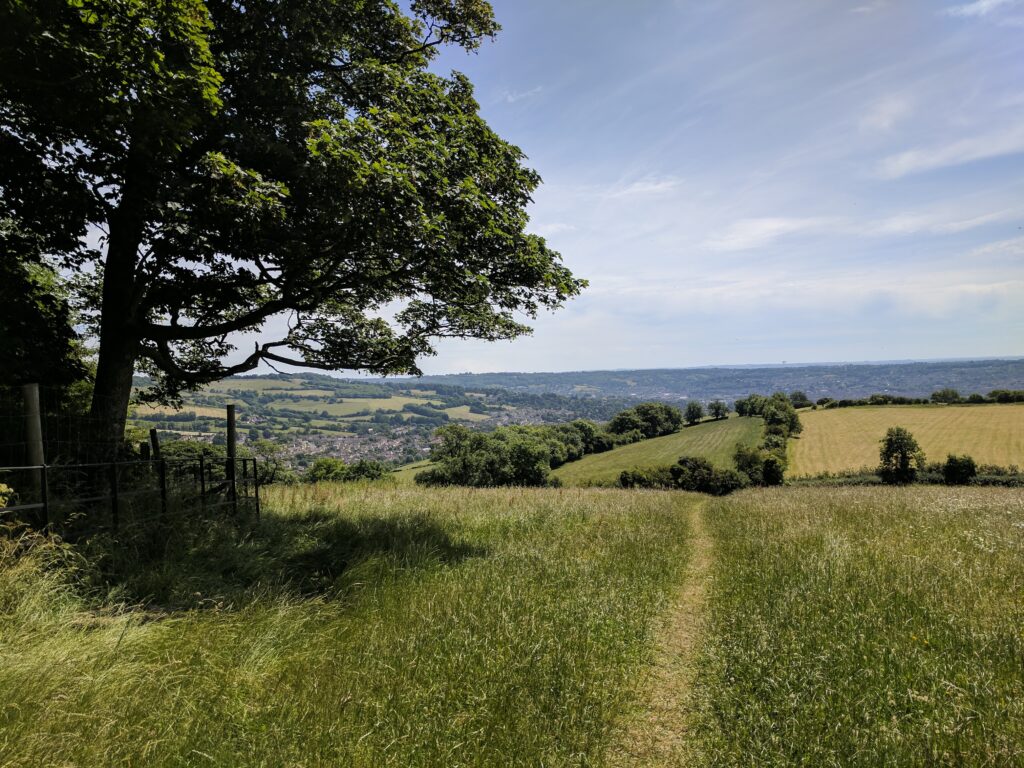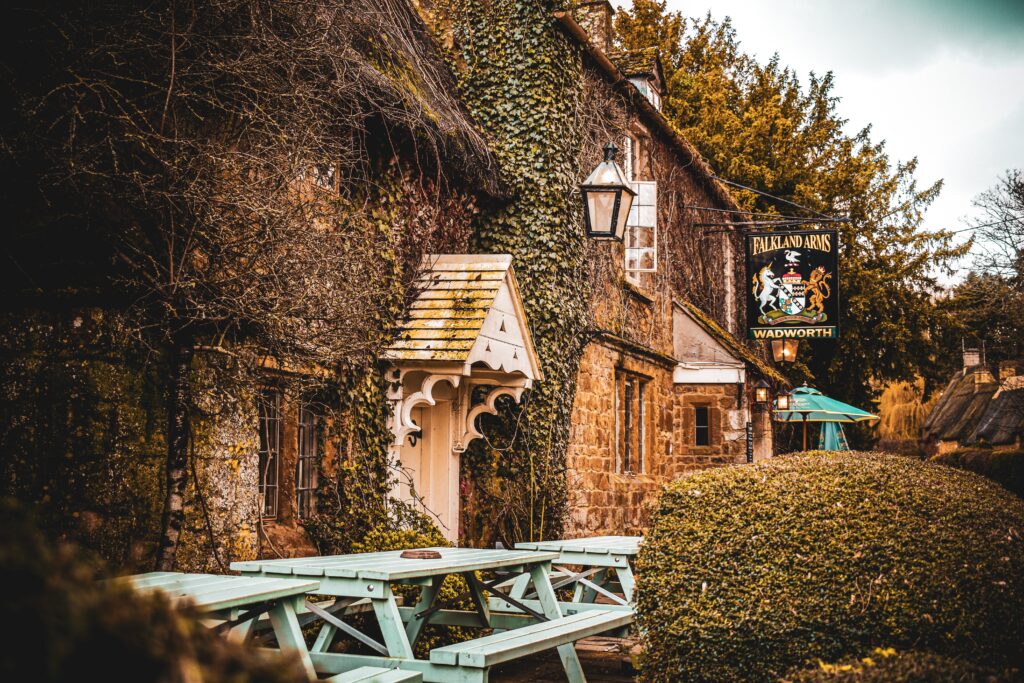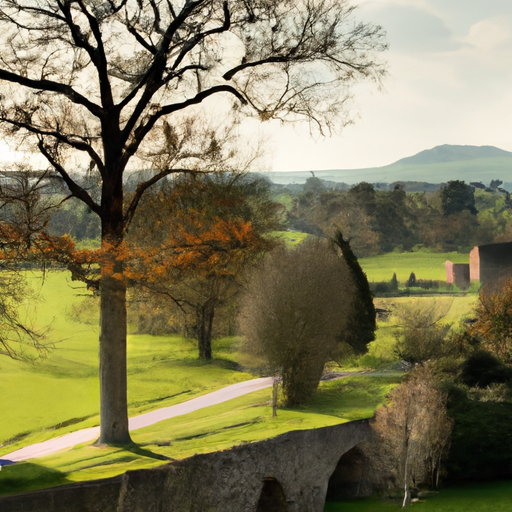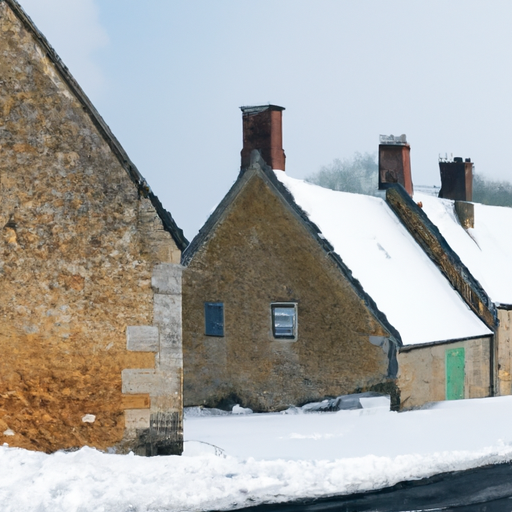The picturesque region of the Cotswolds has long been admired for its beauty and charm, but what exactly is it that sets this area apart? Many are eager to know if the Cotswolds have earned the coveted title of being a designated Area of Outstanding Natural Beauty (AONB). With its rolling hills, quaint villages, and stunning landscapes, it comes as no surprise that people are curious to learn more about the official recognition bestowed upon this beloved region. So, are the Cotswolds a designated AONB? Let’s find out.
Introduction
The Cotswolds, with its rolling hills, picturesque villages, and captivating landscapes, is a destination that will leave you in awe of its natural beauty. But what makes this area even more special is its status as a Designated Area of Outstanding Natural Beauty (AONB). In this article, we will delve into the significance of AONB designation, explore the background of the Cotswolds, discuss the distinctive features of the Cotswolds AONB, delve into the environmental and conservation efforts in the area, explore the recreational and tourism opportunities available, examine the challenges and threats faced by the Cotswolds AONB, and finally, touch upon the collaborative management and future plans for the area. So, let’s begin our journey through the Cotswolds AONB!
Understanding Designated Areas of Outstanding Natural Beauty (AONB)
Definition of AONB
AONB stands for “Area of Outstanding Natural Beauty,” and it is a designation given to a particular geographic area in recognition of its exceptional natural beauty. AONBs are protected landscapes that are valued for their scenic beauty and the distinctiveness of their character.
Purpose of AONB Designation
The purpose of designating an area as AONB is to conserve and enhance its natural beauty through sustainable management. It aims to protect the landscape, biodiversity, and cultural heritage of the area for future generations to enjoy.
Criteria for AONB Designation
To receive AONB designation, an area must meet certain criteria. It must possess outstanding scenic beauty, be of national importance, and have a unique character that is worth preserving. A combination of natural features, historical heritage, and cultural significance contributes to the overall assessment of an area’s eligibility for AONB status.

Background of the Cotswolds
Geographical Location
The Cotswolds is a region located in central England, spanning across six counties: Gloucestershire, Warwickshire, Oxfordshire, Worcestershire, Wiltshire, and Somerset. It covers an expansive area of approximately 790 square miles.
Historical Significance
The Cotswolds has a rich historical heritage that dates back centuries. During the medieval period, the area became prosperous due to its thriving wool trade. The Cotswold stone, a distinctive honey-colored limestone, was widely used in the construction of buildings and has become a hallmark of the region’s architecture.
AONB Designation for the Cotswolds
Process of Designation
The Cotswolds was designated as an AONB in 1966 under the National Parks and Access to the Countryside Act of 1949. The designation was granted in recognition of the area’s exceptional natural beauty and the need for its protection.
Date of Designation
Since its designation in 1966, the Cotswolds AONB has continued to flourish as a protected landscape. It has been a source of inspiration for visitors, artists, and writers alike, drawing people from all over the world to experience its enchanting beauty.
Size of the Cotswolds AONB
The Cotswolds AONB covers a vast area of approximately 790 square miles, making it one of the largest AONBs in England. Its expansive size allows for a diverse range of landscapes, habitats, and wildlife to thrive within its boundaries.

Distinctive Features of the Cotswolds AONB
Landscape
The Cotswolds boasts a unique landscape characterized by gentle hills, charming valleys, and enchanting woodland. The rolling hills, known as “wolds,” are one of the defining features of the area, offering breathtaking panoramic views from their summits.
Flora and Fauna
The Cotswolds AONB is teeming with a wide array of plant and animal species, thanks to its diverse range of habitats. Ancient woodlands, wildflower meadows, and limestone grasslands provide a haven for rare and endangered species, including the horseshoe bat, glow-worms, and the Adonis blue butterfly.
Human Influence
Although the Cotswolds AONB is primarily a rural landscape, it is also shaped by human influence. The picturesque villages, historical market towns, and stunning stately homes add a touch of charm to the area, while dry stone walls and hedgerows act as visual markers of the Cotswolds’ agricultural heritage.
Environmental and Conservation Efforts in the Cotswolds AONB
Conservation Organizations
Numerous conservation organizations are actively involved in preserving and enhancing the natural beauty of the Cotswolds AONB. The Cotswolds Conservation Board plays a crucial role in overseeing the management of the AONB, collaborating with local authorities, landowners, and communities to ensure sustainable practices are adopted.
Protected Species and Habitats
The Cotswolds AONB provides a sanctuary for a variety of protected species and habitats. The area is home to rare orchids, ancient woodlands, and important wetland habitats, which are carefully safeguarded to maintain the delicate balance of the ecosystem.

Recreation and Tourism in the Cotswolds AONB
Popular Activities
The Cotswolds AONB offers a plethora of recreational activities for visitors to indulge in. From scenic walks and cycling routes to horse riding and bird watching, there is something for everyone to enjoy amidst the stunning natural surroundings. The Cotswold Way, a long-distance footpath, is particularly popular among hikers and nature enthusiasts, offering breathtaking vistas and historical landmarks along its route.
Tourist Attractions
Apart from the natural beauty of the landscape, the Cotswolds AONB is dotted with a myriad of tourist attractions. The area is renowned for its picturesque villages, such as Bourton-on-the-Water, Castle Combe, and Bibury, which have retained their traditional charm and architectural beauty over the years. Historic sites, including Blenheim Palace and Sudeley Castle, provide a glimpse into the area’s rich cultural heritage.
Challenges and Threats to the Cotswolds AONB
Urbanization and Infrastructure Development
The Cotswolds AONB faces the challenge of balancing development with conservation. The increasing demand for housing and infrastructure poses a risk to the natural beauty and rural character of the area. Efforts are being made to ensure that any development within the AONB is sustainable and aligned with the objectives of conservation.
Agricultural Practices
Agriculture has played a significant role in shaping the landscape of the Cotswolds AONB. However, intensive farming practices and changes in land use patterns pose a threat to biodiversity and traditional agricultural landscapes. Encouraging sustainable farming methods and supporting local farmers are key strategies for addressing these challenges.
Climate Change
Climate change is a global concern that affects all areas, including the Cotswolds AONB. Changes in weather patterns, increased flooding, and the loss of habitats pose a threat to the delicate balance of the ecosystem. Ongoing efforts to reduce carbon emissions, promote sustainable transport options, and implement climate change adaptation measures are crucial in protecting the AONB for future generations.

Collaborative Management and Future Plans for the Cotswolds AONB
AONB Management Partnerships
Effective management of the Cotswolds AONB requires collaboration between various stakeholders. The Cotswolds Conservation Board works in partnership with local authorities, landowners, and communities to devise strategies for conserving the natural beauty and cultural heritage of the area. The involvement of volunteers and community groups further strengthens the collective effort towards the AONB’s sustainable management.
Projects and Initiatives
Numerous projects and initiatives are underway to address the challenges faced by the Cotswolds AONB. These include habitat restoration programs, community engagement projects, sustainable tourism initiatives, and educational programs. The focus is on striking a balance between conservation and sustainable development to ensure the future resilience of the AONB.
Conclusion
In conclusion, the Cotswolds is indeed a designated Area of Outstanding Natural Beauty (AONB). Its breathtaking landscapes, rich historical heritage, and diverse flora and fauna make it a truly remarkable destination. The AONB designation serves as a testament to the significance of the area’s natural beauty and the collective effort required to preserve and enhance it. As visitors, let us cherish and respect the Cotswolds AONB, leaving only footprints and taking away memories that will last a lifetime.


